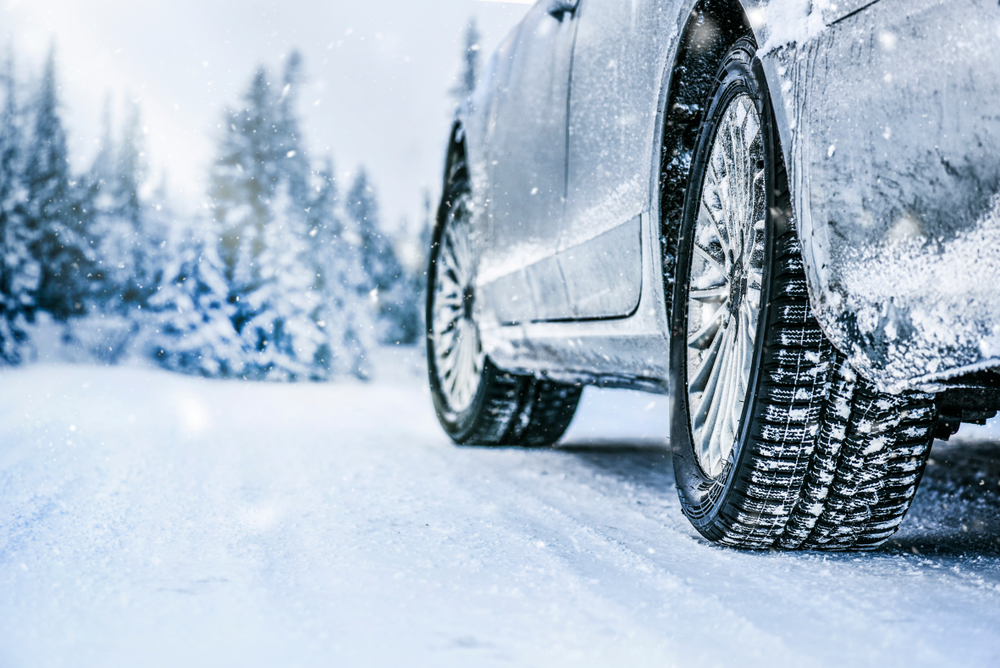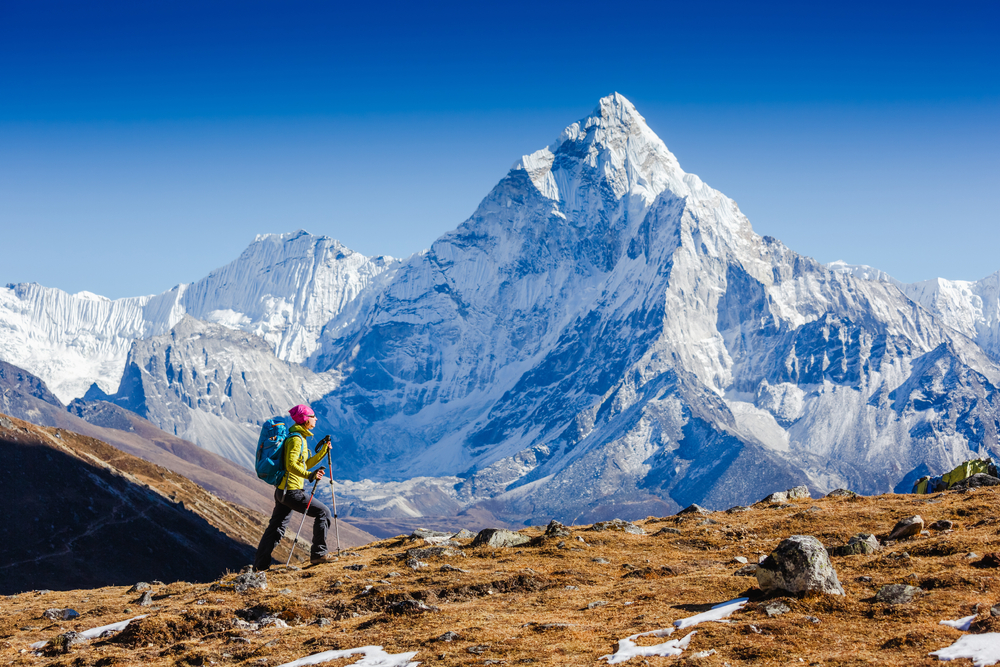Want to use your mobile phone abroad and avoid astronomical bills when you get home? Read our top tips to get your phone prepared.
When you plan a big trip overseas, the cost of your mobile phone might not be your first consideration. But once you’ve booked your tickets, hotel and activities you probably won’t want to add any unnecessary expenses.
If you’re travelling in the EU, some providers still let you use your airtime deal like you would at home, whereas others have introduced small extra charges. If you’re heading further afield, making a few calls to family or looking up information online can be pricey. So, before you head to the airport, read our tips to make sure you don’t come home to an unpleasant bill.
Check charges before you go
This might sound obvious, but roaming charges can be fairly complicated. They vary widely by provider – and destination.
Depending on where you’re off to, you may find that roaming won’t cost you any extra. Providers such as Giffgaff, Smarty, Tesco and O2 offer free EU roaming, whereas others charge extra to allow you to access your usual calls, texts and data.
If you’re with a provider who doesn’t offer free roaming – or heading to a destination that’s not covered – you may be charged by the minute, megabyte or message. We’ve found that some providers can charge as much as 90 times more than others for the same thing, so it’s really worth knowing where you stand – data can cost as much as £18 per megabyte, while a single text could set you back £6.
Get your phone set to travel
Once you’re clear on how much you’ll be charged, it’s worth making a decision about how you want to use your phone while you’re abroad.
If you don’t want to use your phone the same way you usually would back home, take a look at your settings – you have a few options.
Restrict your phone to wi-fi only
If you want to be sure to avoid daily charges by only using your phone when it’s connected to wi-fi or off network (i.e. you don’t want to connect to a local phone network), switch your phone to Airplane Mode but turn wi-fi back on – this will have the added benefit of keeping your battery use to a minimum.
Connect to a network – but turn data roaming off
This is standard safe practice, and you should find roaming controls in the Mobile Data or Network & Internet settings on your phone. Keep in mind you can still get charged for texting or calling, though. This is particularly worth noting if you pay a flat cost to roam each day, you may get charged simply for having your phone connect to a local network.
If you’d rather use your phone a bit more as you would at home, or prefer to have immediate access to the internet, or make calls in case of emergency, you’ll need to take a closer look at the apps you use to avoid unexpected charges.
Stop apps from using data
You can do this by turning mobile data off for non-essential apps. Check which apps are using mobile data via the Mobile Data, App or Network & Internet settings on your phone.
Or just optimise it instead.
On Android use Data Saver mode to help prevent apps from using data in the background, and for cutting down how much they use when active. You’ll find this in your phone’s settings.
Watch the wi-fi
On iPhones, also ensure Wi-Fi Assist is off – this setting means your phone will use data if wi-fi connectivity is poor. You’ll find this at the very bottom of your Mobile Data settings (under the data settings for each app).
Optimise your apps
It’s also worth checking settings within apps themselves, especially those you use regularly. In particular, consider any apps that can be used to stream, download or upload media content like music, video and photos.
For example, Spotify has a setting called ‘Download using cellular’, which if enabled, will use your data connection to download music. It’s turned off by default, but best to make sure it stays that way if you’re travelling. Another setting to look out for is Offline mode, which means you’ll only be able to listen to music you’ve downloaded – no chance of accidentally streaming in an expensive roaming area. There’s even a Data Saver mode that uses a lower music quality to save on data usage. Look for similar options on other apps that are used for audio and video streaming and downloads, and adjust accordingly.
Consider what photo apps you use as well. For example, Samsung Gallery, Google Photos or iCloud Drive can automatically upload any photos you take to the cloud. By default this is usually set to work over wi-fi only, but do double-check – this could end up costing a lot of money in a country where it’s expensive to roam.
Check other apps such as email, newsfeeds and social media aren’t automatically syncing and updating in the background. These might have similar individual controls to only sync over wi-fi, or to sync manually, which are best turned on if you have to pay for data while roaming.
Download the best travel apps
Lastly, it’s worth making sure you’re set up with apps that will make your life easier on the road. There are plenty of handy travel apps that can be accessed offline so you don’t have to worry about data roaming. Then, while you’re away, take advantage of free wi-fi to update or add to them.
- Download Google Maps offline. This is fairly easy to do – simply open the settings menu and choose Offline maps. You can then select your own map to download, and ‘pinch-to-zoom’ the map that appears to find the area you want to download. Alternatively, offline mapping apps like Maps.Me could be even more convenient.
- Don’t speak the language? Download languages using Google Translate or Microsoft Translator so that you can use them offline while you’re away.
- Download important travel documents (for example, your itinerary or travel insurance policy) to an app you can view offline – examples are Google Drive, Google Trips or TripIt.
- Seen articles about your destination you’d like to come back to? Apps like Pocket let you save entire webpages to view offline, so you can do your research in advance and make sure all the useful information you’ve found is available to read without using precious data.
- Watch or listen on the go by downloading playlists, programmes, music and video from apps like Spotify, iPlayer and Netflix for offline use before you travel.
- If calling on your mobile is expensive, you might be tempted to use Wi-Fi Calling instead. Don’t – your provider will still count this as making a phone call, with the associated fee. You’re better off using Skype, Messenger, Whatsapp or another calling app using wi-fi instead.
- Most mobile providers have an app you can download to manage your bill. Helpfully, this can also help you keep an eye on your usage, something that’s useful both home and abroad.



